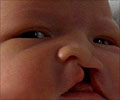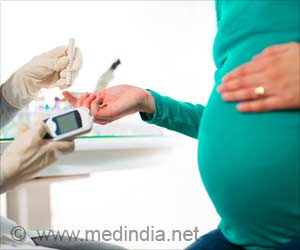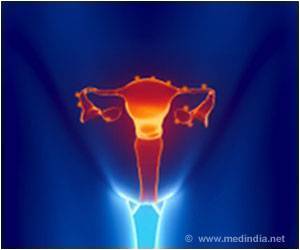Younger women and women living in remote areas are more likely to have neural tube defect (NTD) affected pregnancies than older women and women living in major cities.
An Australian report reveals that younger women and women living in remote areas are more likely to have neural tube defect (NTD) affected pregnancies than older women and women living in major cities.
The report Neural tube defects in Australia, released by the Australian Institute of Health and Welfare showed that teenage women had the highest rate of NTD affected pregnancies and women aged 30-34 years the lowest.'Multiple pregnancies were also more likely to have neural tube defects than singleton pregnancies,' said Dr Samanthi Abeywardana of the Institute's National Perinatal Statistics Unit.
Neural tube defects are major congenital anomalies that result from very early disruption in the development of the brain and spinal cord.
Surviving children are at high risk of frequent illnesses, disability and death.
Spina bifida is the most commonly known neural tube defect.
'During last three decades, mounting evidence has shown that increased intake of folic acid during the period around conception corresponds with a decreased prevalence of neural tube defects,' Dr Abeywardana said.
Advertisement
Although there is only about 1 NTD-affected birth per 2000 births, the estimated prevalence of neural tube defects among pregnancies is much higher, at more than 1 per 1000, because some women diagnosed with NTD-affected pregnancies opt for planned termination.
Advertisement
Although there was no obvious decreasing trend among births in recent years, there was a decrease of over 30 per cent in the neural tube defects prevalence among affected pregnancies between 1992 and 2005.
Source-Medindia
GPL/SK







